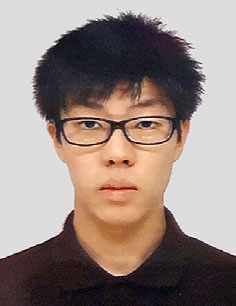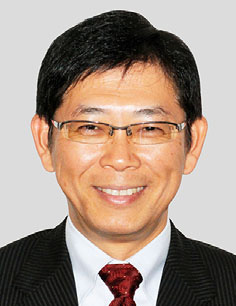Best Paper Award
Photography for People with Visual Impairment by Photo-Taking with Omni-Directional Camera and Its Post-Production[IEICE TRANS. INF. & SYST., Vol. J104–D No. 8 AUGUST 2021]





In Japan, people are guaranteed the right to a cultural life, and it is considered the same in many other countries. These days, there are various cultural activities such as entertainment and sports. Many people are interested in taking pictures and uploading them to social networking services.
Photography is not a difficult task for sighted people as long as they know how to operate devices such as smartphones. They can find the target objects, point their cameras, and press the shutter buttons. They can also check the pictures on the spot. On the other hand, it is difficult for visually impaired people to do this. First, they cannot know where the target objects are, and even if they can find them, they cannot point the cameras correctly. It is also difficult to check the pictures on the spot.
This paper has proposed a system to support visually impaired people to take photographs and evaluates its effectiveness through user study. The major feature of the proposed system is that pictures are created in two stages: photographing and postprocessing. On the spot, the entire surroundings are photographed with omnidirectional cameras, and in the postprocessing, the pictures can be appropriately cropped with the help of AI. Using omnidirectional cameras, they can prevent photography failures, and using AI, they can eliminate difficult tasks on the spot.
It is also remarkable that they conducted a user study with actual visually impaired participants. In general, it is difficult to know the actual needs of visually impaired people. In this paper, the authors dared to create an inconvenient situation by letting the participants use the system freely. Then, they collected honest opinions with detailed questionnaires. All questionnaire items are listed in a two-page appendix, which is useful for researchers who are planning research based on the user study.
As the authors have stated in the paper, there are still various restrictions and improvements required for this research, but this paper can be a milestone. This paper is suitable for the award of the Society.